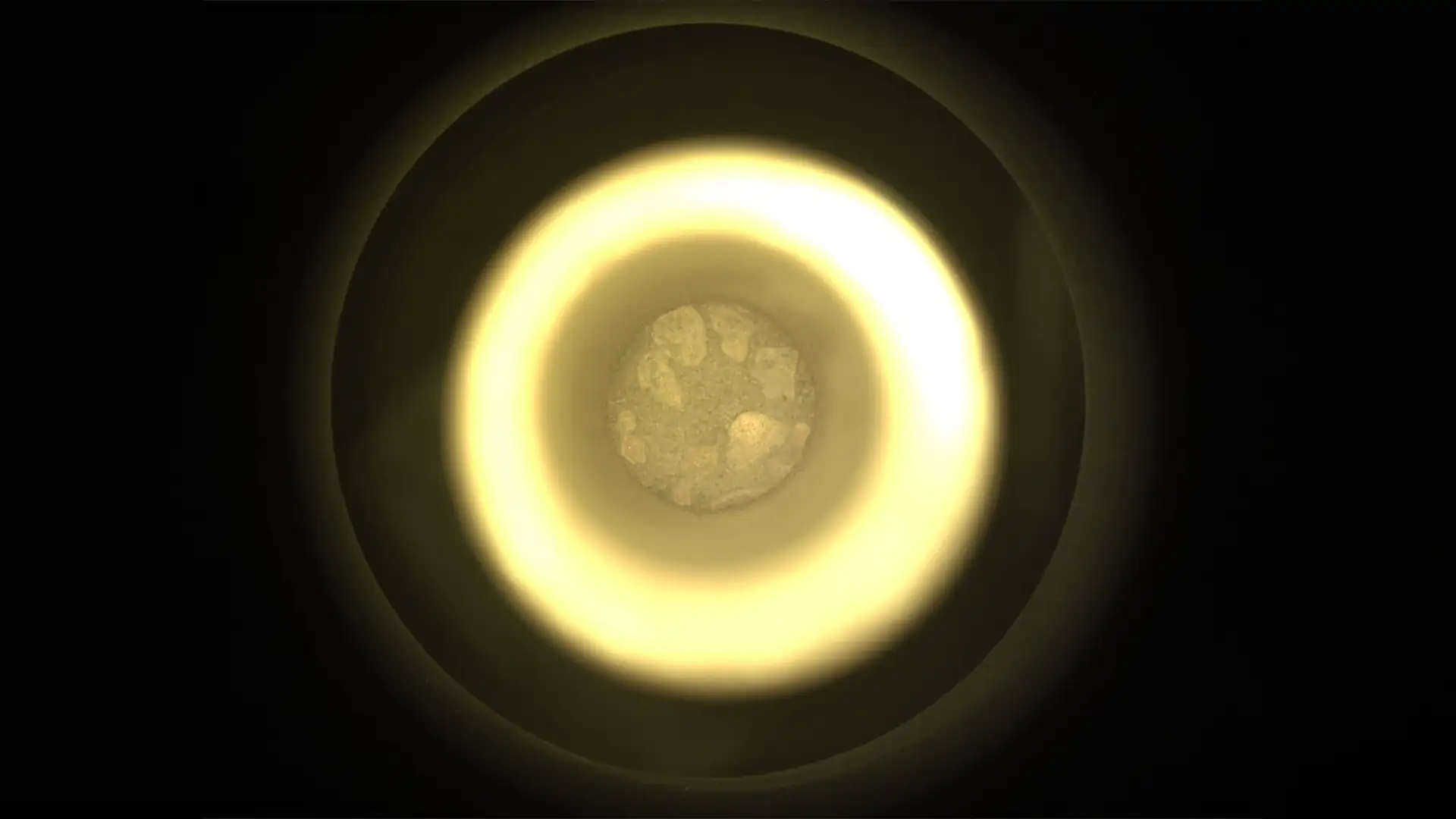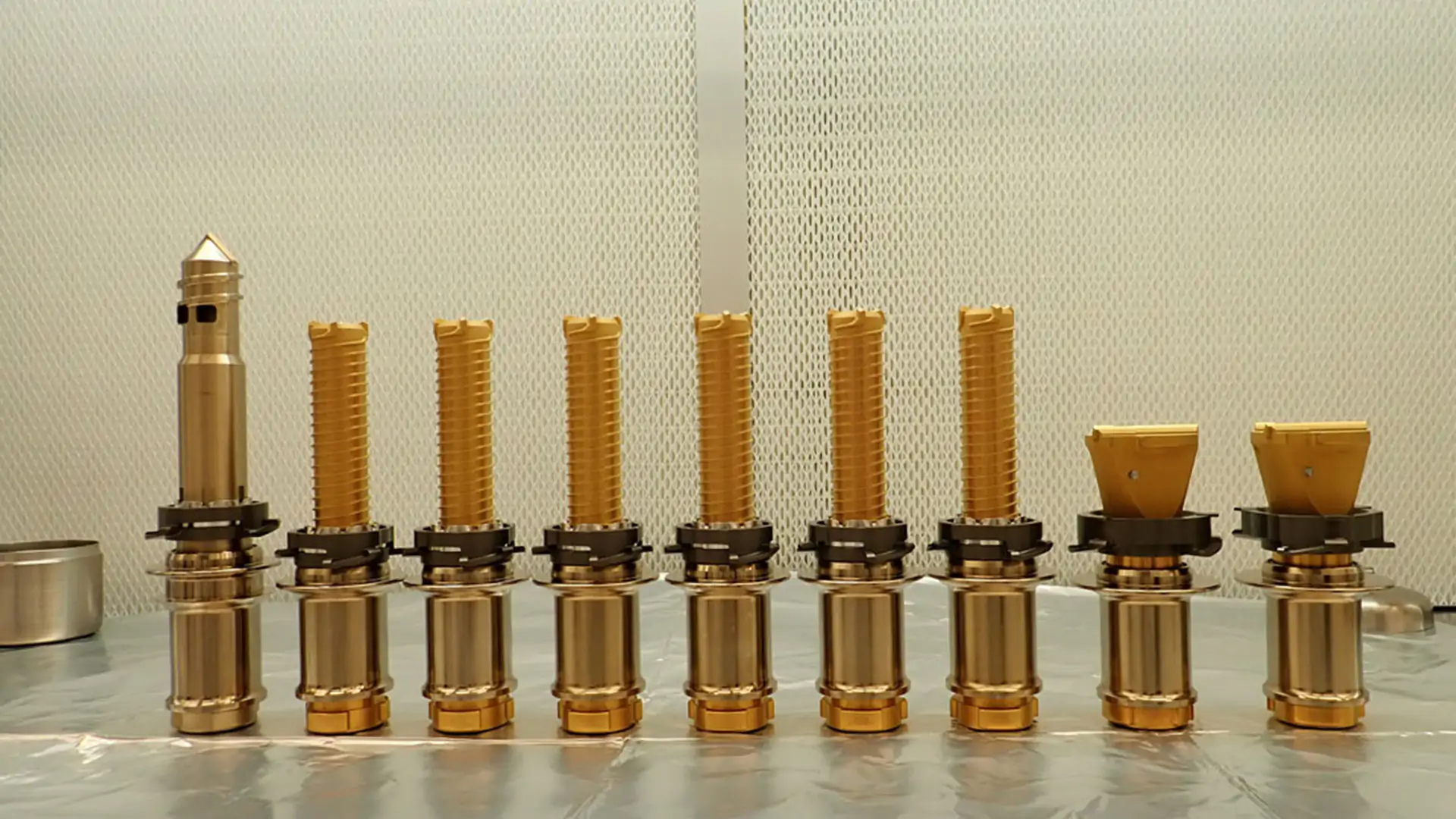NASA's Perseverance rover continues to keep up the game. The rover bottled its first dirt samples from the Red Planet's surface on December 2 and 6. As part of the Mars Sample Return campaign, one of the samples will be considered for a deposit on the Martian surface later this month.
Previously, the rover had collected 15 rock cores, but unlike those, the new samples were retrieved from a pile of wind-blown sand and dust, according to a release.
Studying regolith can help design future Martian missions
Martian samples are extremely imperative to search for signs of ancient microbial life and the evolution of Mars. While most samples will be rock, researchers are also highly interested in examining regolith, which can help reveal underlying geological processes.
"Everything we learn about the size, shape, and chemistry of regolith grains helps us design and test better tools for future missions," Iona Tirona of NASA’s Jet Propulsion Laboratory in Southern California, which leads the Perseverance mission, said in a statement. "The more data we have, the more realistic our simulants can be."

NASA/JPL-Caltech
The dust can also pose challenges to astronauts
In addition, examining the dust can also mitigate challenges astronauts will face in the future on the Red Planet.
"If we have a more permanent presence on Mars, we need to know how the dust and regolith will interact with our spacecraft and habitats," said Perseverance team member Erin Gibbons, a McGill University doctoral candidate who uses Mars regolith simulants as part of her work with the rover’s rock-vaporizing laser, called SuperCam.
"Some of those dust grains could be as fine as cigarette smoke and could get into an astronaut’s breathing apparatus," added Gibbons, who was previously part of a NASA program studying human-robot exploration of Mars. "We want a fuller picture of which materials would be harmful to our explorers, whether they’re human or robotic."

NASA/JPL-Caltech
Mojave Mars Stimulant helped collect regolith samples
For the regolith samples, Perseverance used a special drill that resembles a "spike with small holes on one end to gather loose material". Earlier with the rock cores, the rover had employed a drill on the end of the rover's robotic arm.
The drill used to collect regolith samples is called Mojave Mars Stimulant, and it's made of volcanic rock crushed into various particle sizes, ranging from fine dust to coarse pebbles.
The Martian regolith would also reveal a "kaleidoscope of grains" under a microscope. "There are so many different materials mixed into Martian regolith," said Libby Hausrath of the University of Nevada, Las Vegas, one of Perseverance’s sample return scientists. "Each sample represents an integrated history of the planet’s surface."




